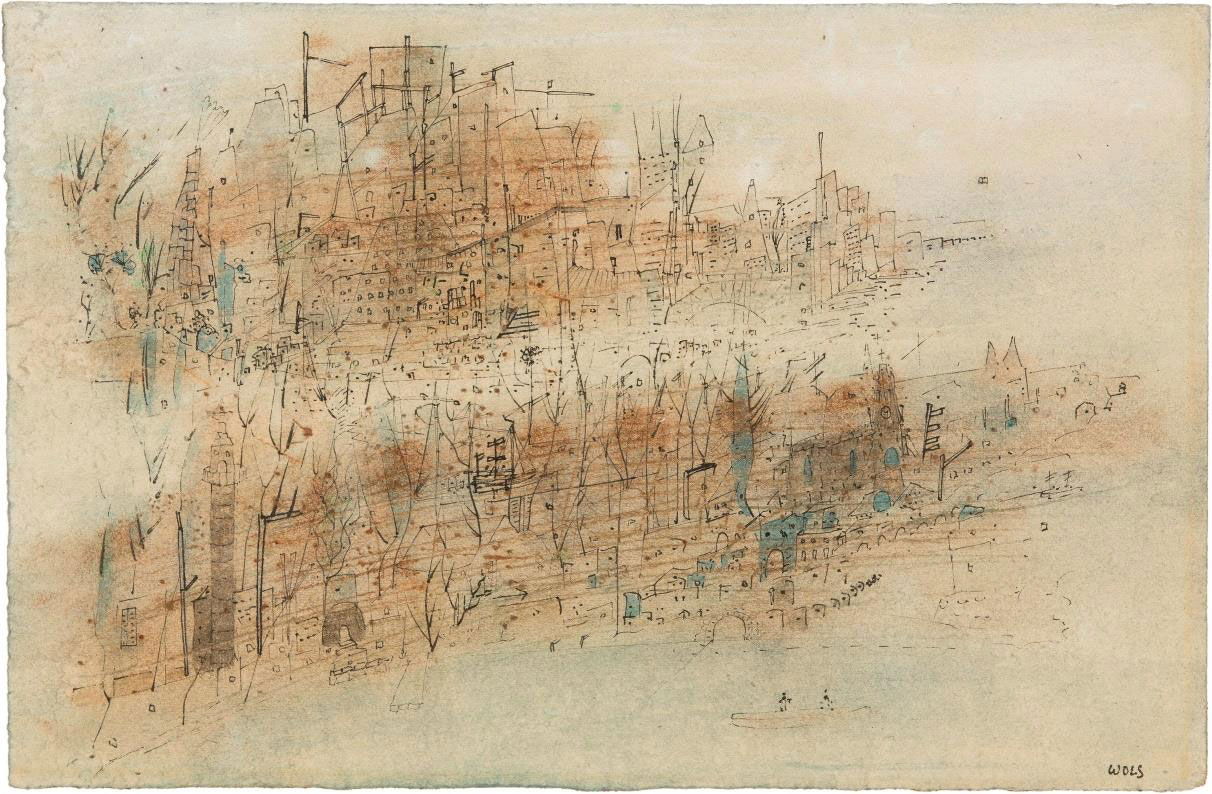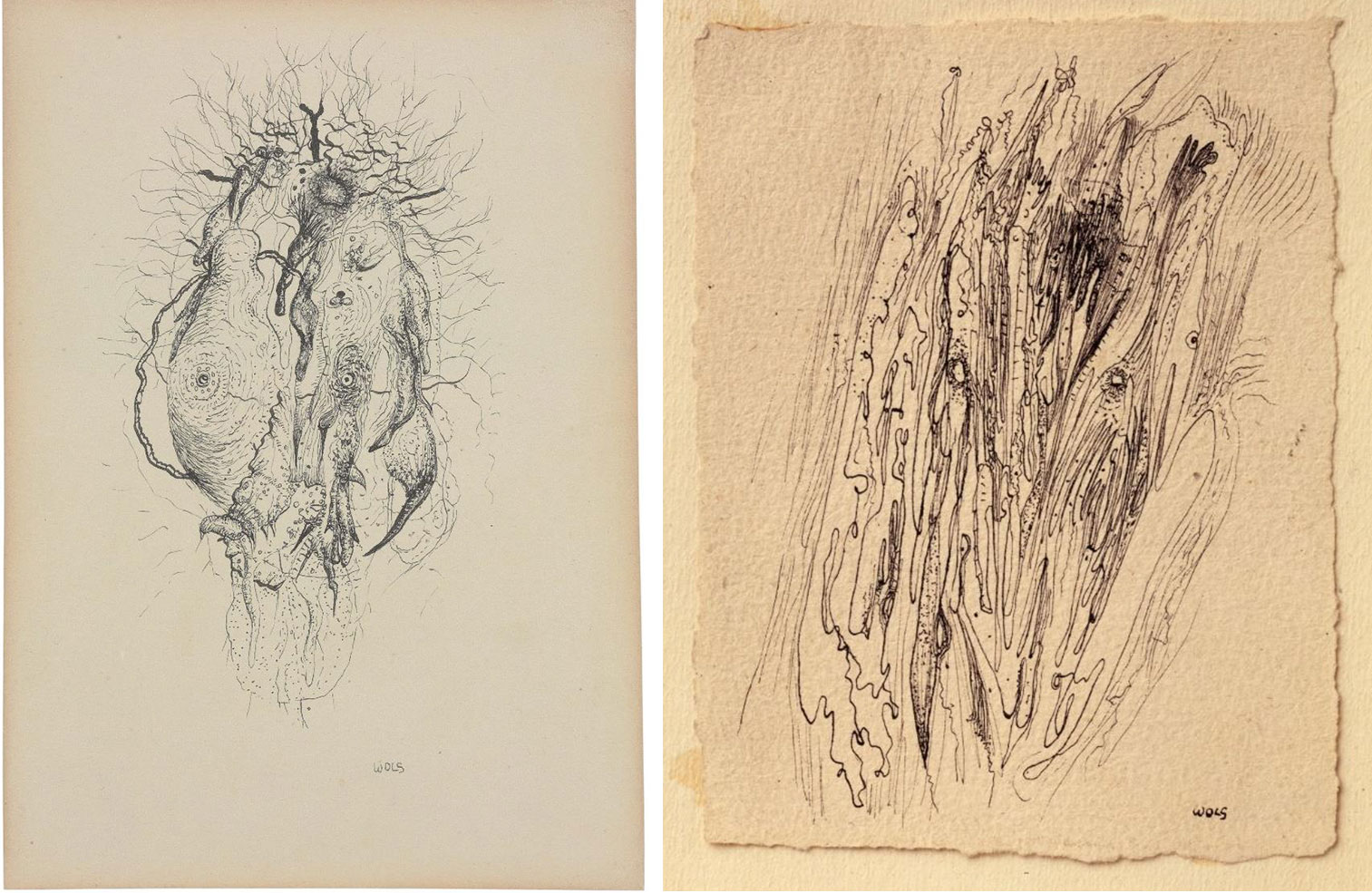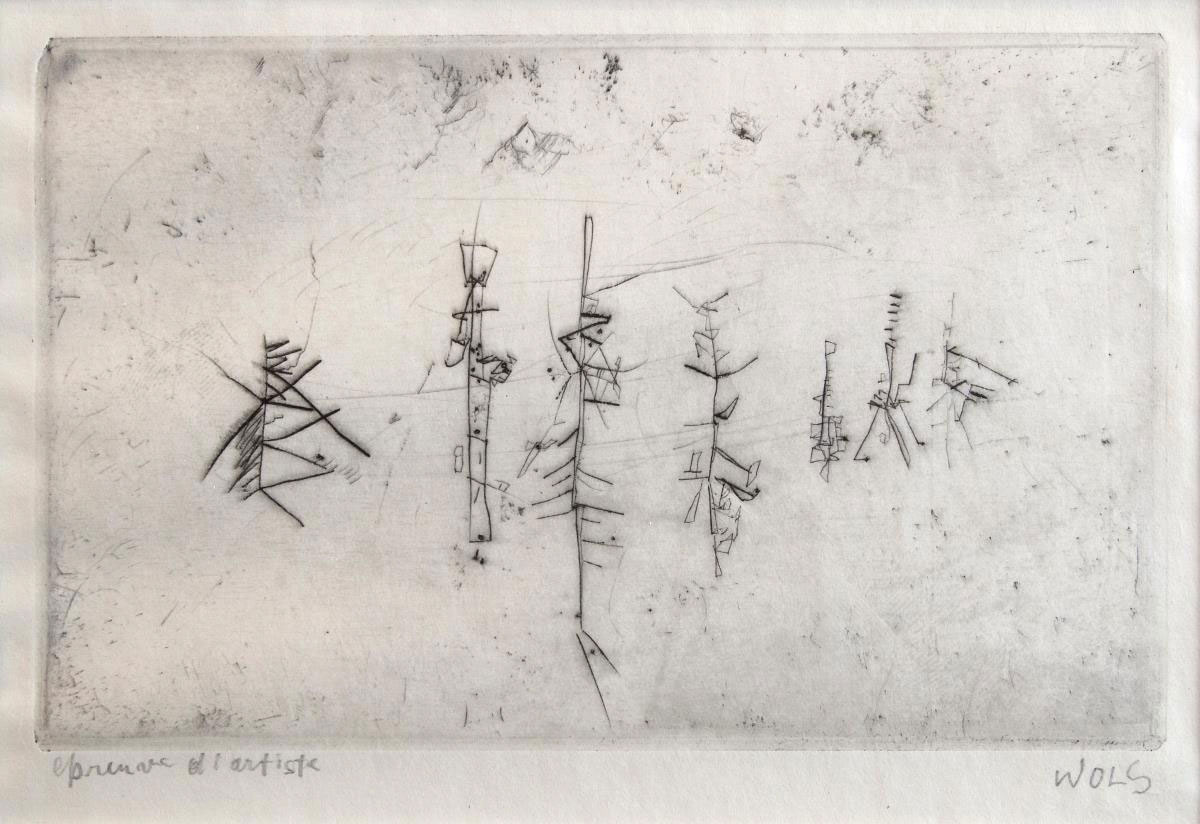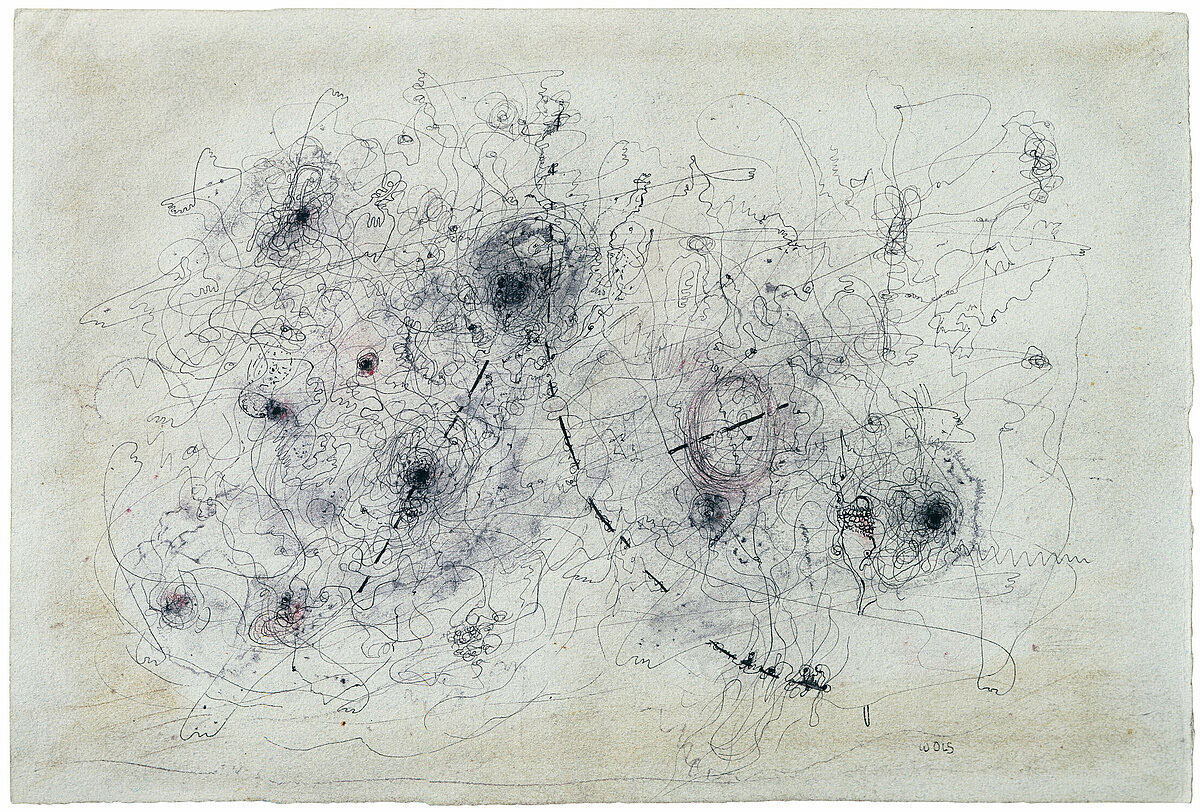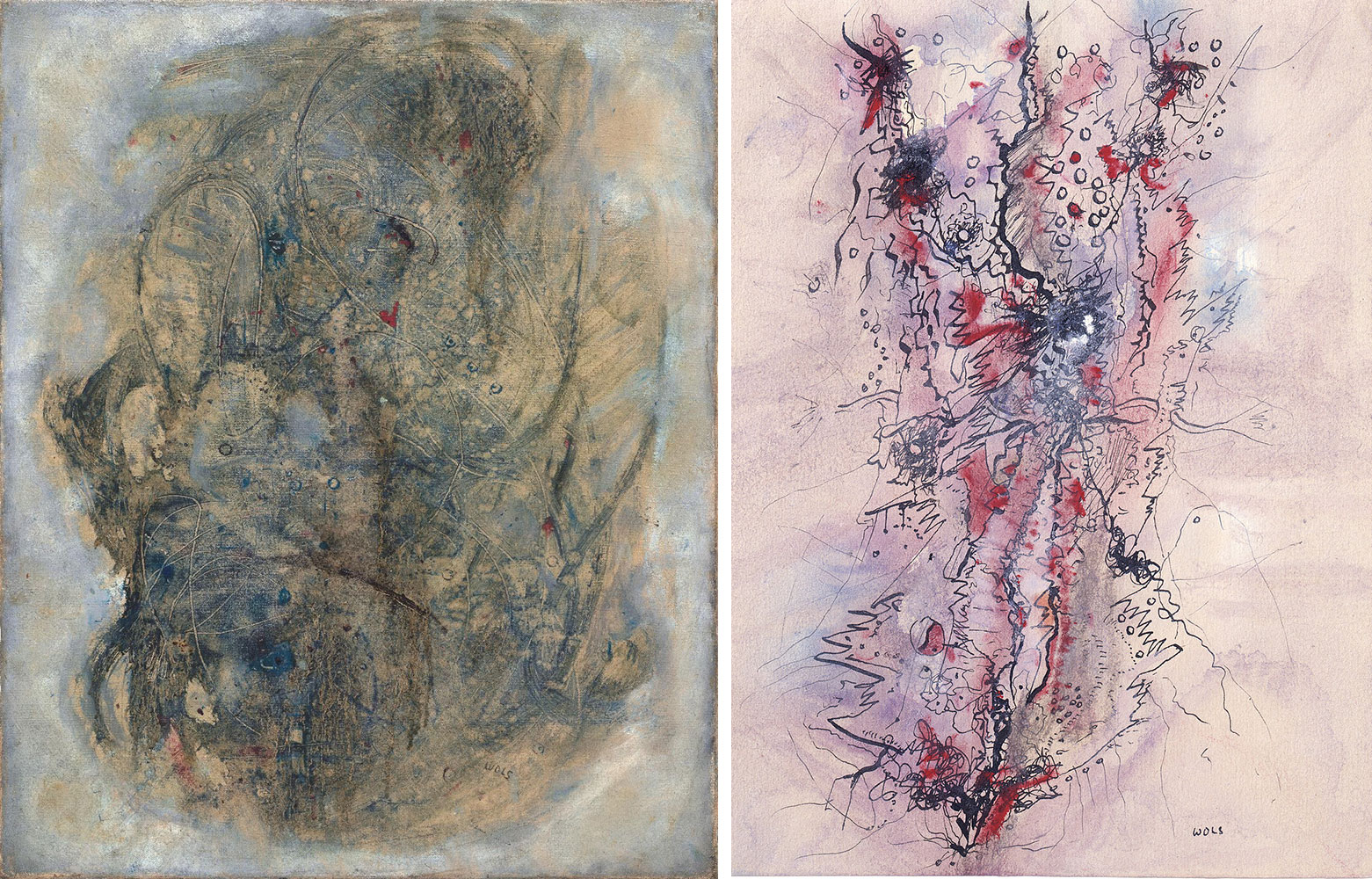PRESENTATION: Wols
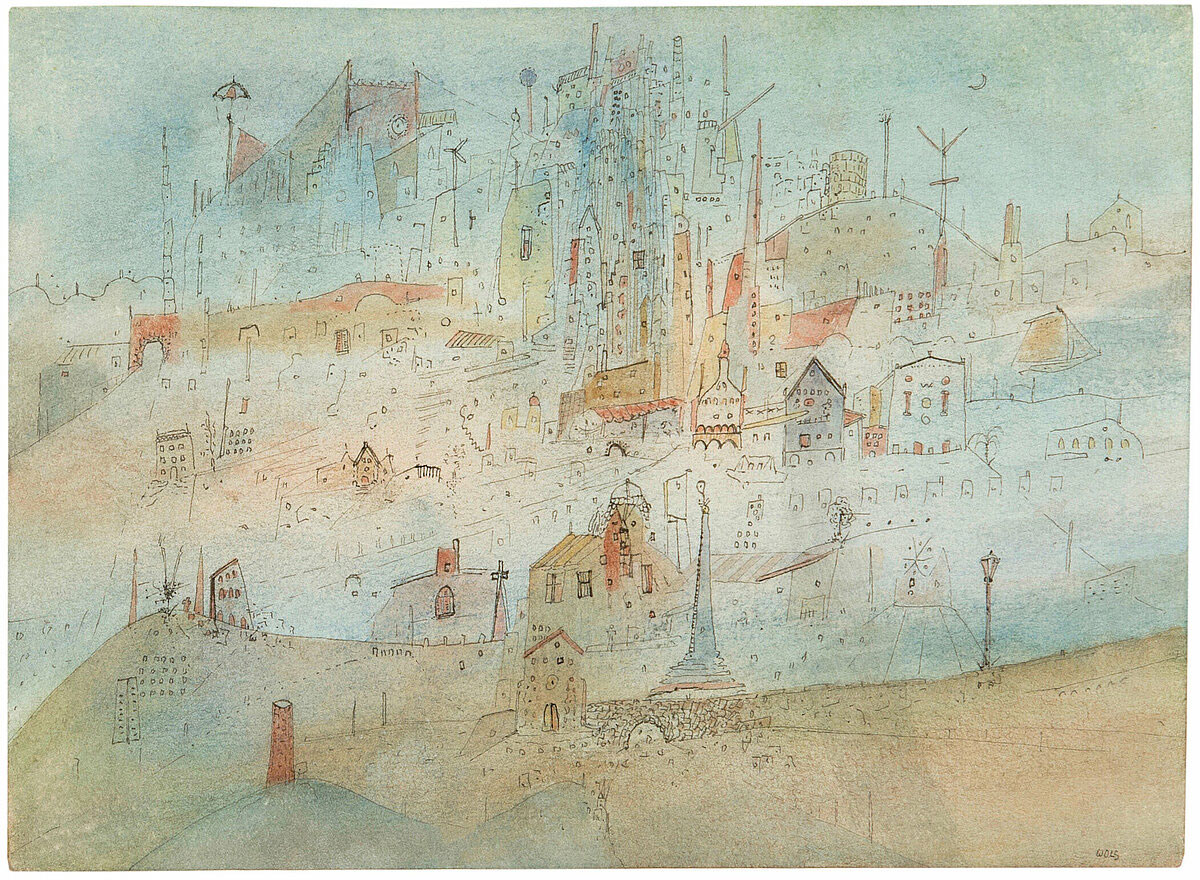 Wols was the pseudonym of Alfred Otto Wolfgang Schulze, a German painter and photographer predominantly active in France. Though broadly unrecognized in his lifetime, he is considered a pioneer of lyrical abstraction, one of the most influential artists of the Tachisme movement. He is the author of a book on art theory entitled “Aphorismes de Wols”.
Wols was the pseudonym of Alfred Otto Wolfgang Schulze, a German painter and photographer predominantly active in France. Though broadly unrecognized in his lifetime, he is considered a pioneer of lyrical abstraction, one of the most influential artists of the Tachisme movement. He is the author of a book on art theory entitled “Aphorismes de Wols”.
By Dimitris Lempesis
Photo: Galerie Karsten Greve Archive
Galerie Karsten Greve presents an exhibition dedicated to the work of Wols in Paris. Musician, photographer, artist, poet, the roles Wols took on over the course of his life were manifold, but all attested to a high degree of sensitivity to the world. He arrived in Paris in 1933, fleeing the rising Nazi power in Germany. He then devoted himself entirely to photography and explored the technical possibilities of the medium. The influences of “New Objectivity” and surrealism shine through in his choices of subjects and framing, particularly in the close-ups and effects of contrast and solarisation, similarly to the photographs of his compatriot and contemporary, Ilse Bing. In 1937, he received international recognition for his innovatively framed photographs of the Elegance and Finery ¨Pavilion at the Universal Exhibition and was celebrated with a solo exhibition at Galerie La Pléiade. However, shortly after, the political climate forced him to flee to Spain. With his partner Gréty Dabija, he first went to Barcelona, then Ibiza, and, finally, Mallorca, where he took up watercolors. Arrested in Barcelona, he became stateless, as his German nationality was stripped from him due to his anti-Nazi position. With the arrival of Nazi troops in Paris in 1940, foreigners — especially Germans — were gathered in internment camps as “enemy subjects”. Upon his return to France, Wols was interned in Camp des Milles near Nîmes. He continued to draw, which became a means of survival for him and the other artists interned alongside him such as Max Ernst and Hans Bellmer. During his internment, he developed Circus Wols, a project conceived as an educational and democratic show accessible to all, using the best technologies to meld popular and scholarly culture, art, music and cinema. Resembling a Gesamtkunstwerk (total artwork), “Circus Wols” was to help him obtain a visa for the United States; however, he was not able to board the last boat to Marseille. Although only a few notes, schematics and watercolors of that oeuvre are left, such “Untitled” dated around 1940, Wols’ curiosity about shows and cinema attested to his desire to offer a new kind of art. With its intentionally fragmented structure and the artist’s refusal to put forward a meaning or long speech, Circus Wols was a practically dystopian project that foreshadowed post-modernism and showbiz society. When he left Camp des Milles in 1941, Wols became “imperceptible and clandestine in a motionless journey”. His despair in the face of war and his fear of the authorities brought him to Dieulefit in Drôme, where he led a semi-clandestine life until the end of the war. He concentrated on his drawings and poems, escaping reality through his dreams and alcohol. In his “Aphorisms”, he expressed his desolation regarding the human condition and the ravages of war. It was also perceptible in his watercolors, which teem with details, between abstract compositions and imaginary worlds. The infinitely large becomes infinitely small; his penmanship offered him a meticulous accuracy that spawned microcosms of organic and urban elements enhanced by ink and watercolors. From weightless towns to a flotilla of dream boats, Wols built a utopia that enabled him to brave reality. Most of Wols’ paintings were created as late as 1945, with the support of the gallerist René Drouin, who was introduced to him by the writer Henri-Pierre Roché. René Drouin provided him with oils and canvases and exhibited his works in his gallery in Place Vendôme. Despite the disastrous post-war context, the exhibition sparked a keen interest among the artistic and literary spheres of Paris, making Wols one of the major figures of the new world. Wols produced fewer than a hundred paintings. They represent a tumultuous pandemonium through increasingly abstract compositions in which technique and matter set the tone. In 1946, he grew close to Jean-Paul Sartre and Simone de Beauvoir, whom he met in Saint-Germain-des-Prés. “Le Tourbillon”, an enigmatic painting from 1947, uses a succession of circular brushstrokes to portray the existentialism that was then taking hold of Paris, the layers of paint corresponding to layers of thoughts. The explosion and entropy of the organic elements in his pictorial language suggest a new definition of life, a new Weltanschauung (metaphysical world view), in which disintegration can be felt more than ever, similarly to the blasted colous in “Untitled” (1946-1947,) or the frantic dispersion in “Vert cache rouge (Le Grand Orgasme)” dated around 1947. “L’Inachevée” his last painting, carried out in 1951, stands out through both its colours and its ambitious pictorial composition, inspired by nature and carefully constructed by Wols, while still maintaining tension between the abstract and the figurative.
Photo: Wols (Alfred Otto Wolfgang Schulze), Courtesy Galerie Karsten Greve
Info: Galerie Karsten Greve, Drususgasse 1-5, Cologne, Germany, Duration: 13/4-29/6/2024, Days & Hours: Tue-Fri 10:00-18:30, Sat 10:00-18:00, https://galerie-karsten-greve.com/
